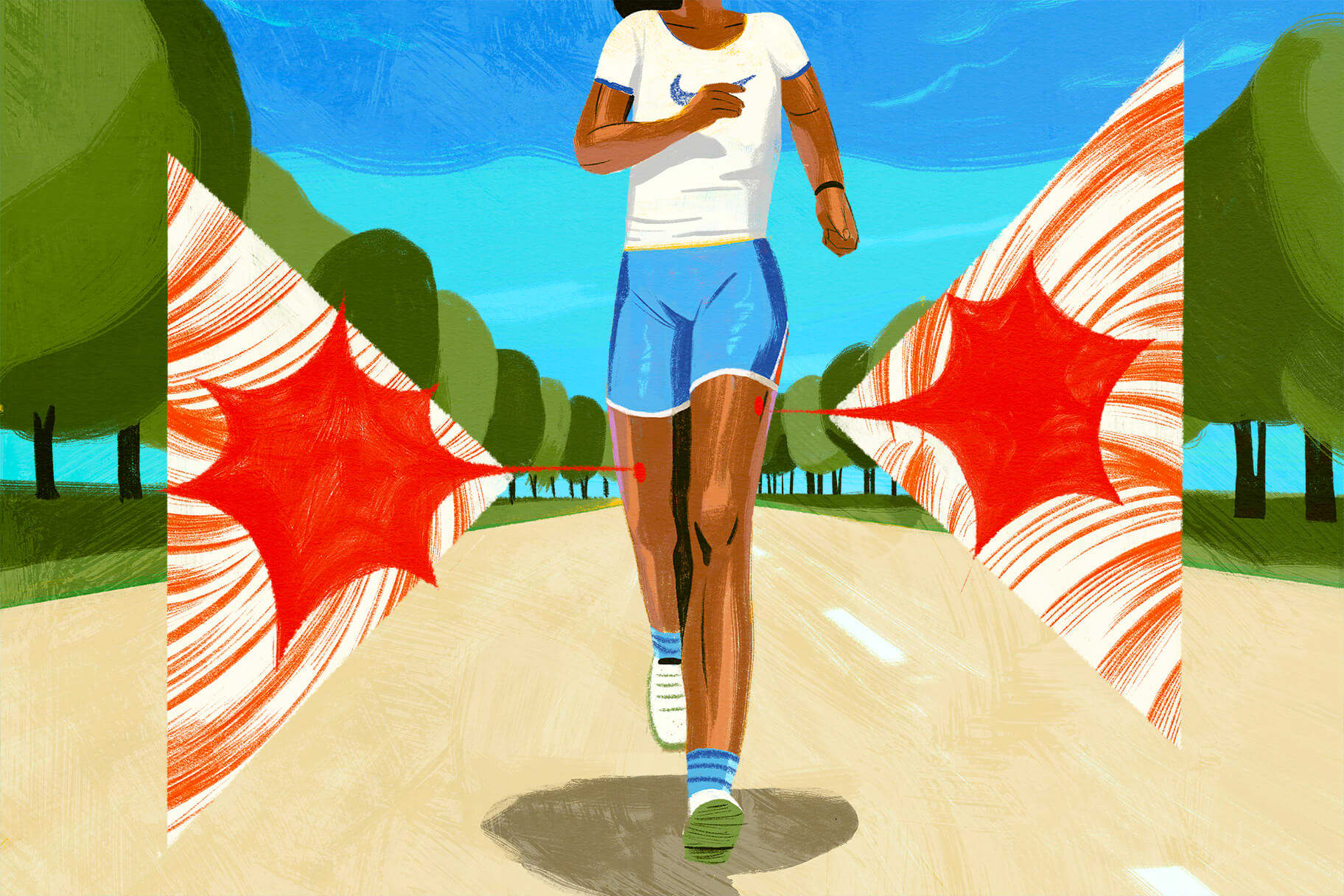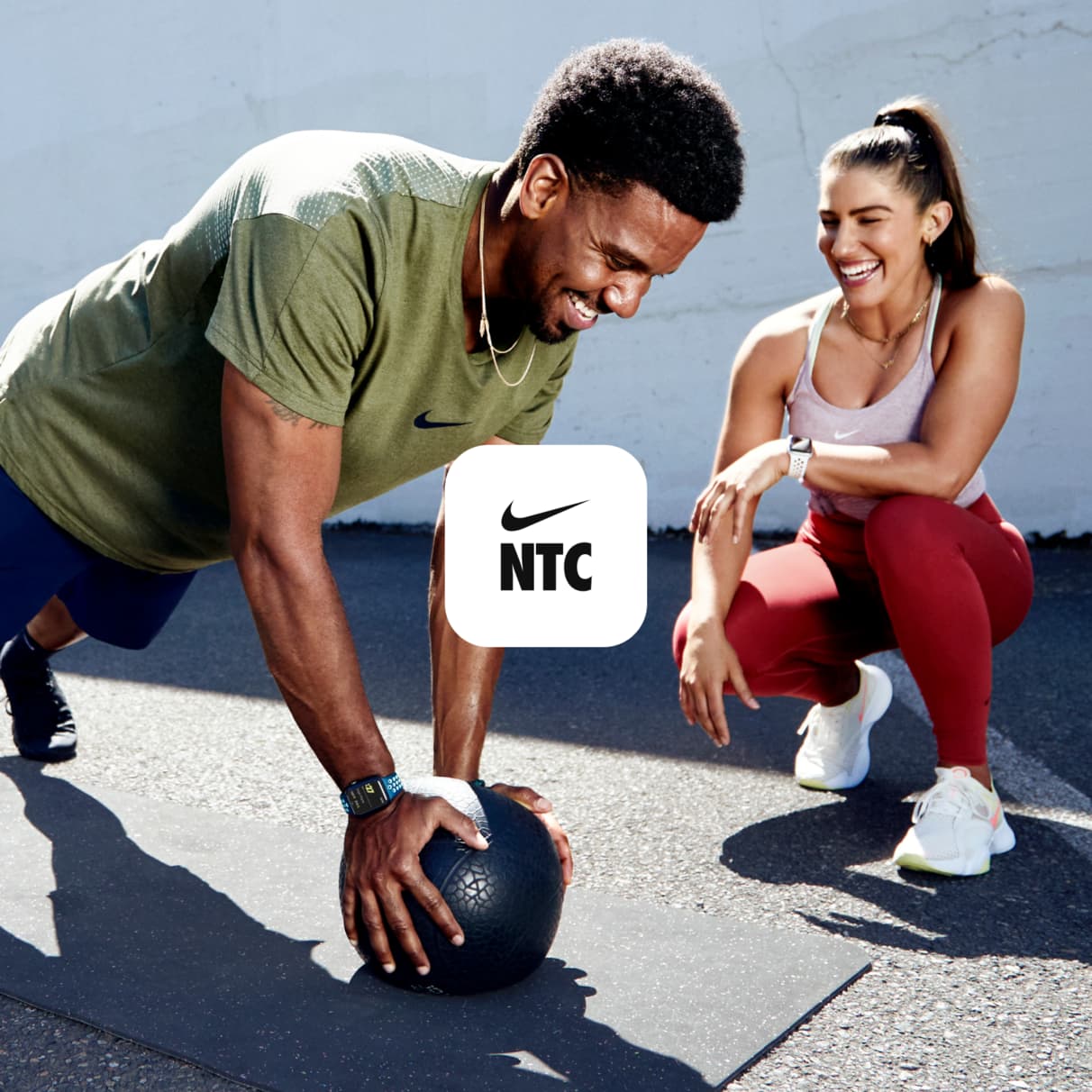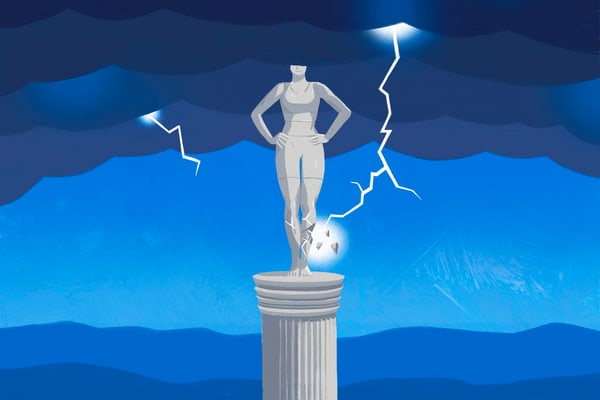What Are Trigger Points — And How Can They Be Treated?
Health & Wellness
Addressing certain tender areas could benefit your recovery and mobility.

When you're getting body work like a massage, dry needling, or acupuncture, you may feel a tight spot — like part of your muscle is stuck. According to Jason Kart, D.P.T., that assessment may not be too far from what's happening,
Known as trigger points, these knots can cause pain and can also limit your range of motion and potentially increase your injury risk. Fortunately, there are some treatment and prevention strategies that can help.
(Related: How to Correctly Use a Massage Gun, According to Physical Therapists)

What Are Trigger Points?
All organs, nerve fibers, blood vessels, and bones are wrapped in dense, thick tissue called fascia with a subtype called myofascia around your muscles. This connective tissue provides structure and support to help you move more easily, which involves a type of liquid within the fascia called hyaluronan.
Sometimes, if fascia loses its hydration, parts of the tissue contracts but then doesn't release automatically — with less hyaluronan circulating, fascia can get sticky — and this creates a trigger point, Kart said. As a result, the area can feel tender or tight, which may have a ripple effect on the muscles that are wrapped by that fascia.
"These fibers have increased internal pressure and therefore circulation becomes difficult," he said. "The new blood cannot enter as easily, and the old blood in the tissue becomes deoxygenated and acidic. This lowers the pain threshold of the muscle fibers and they become much more irritable."
Although that may mimic sore muscles, trigger points tend to feel more acute, with a sharper pain, he added. An aching muscle will be more widespread with a dull pain that radiates over the entire muscle fiber, but a trigger point will elicit a pain response in one focused area. That said, they can affect more than a single point of contraction.
"Especially cranky trigger points can also refer pain to other parts of the body," Kart said. "Gluteal muscles, for example, can cause pain in the hamstrings and that may present as mild, sciatic-like symptoms."
When this pain becomes chronic, it can lead to myofascial pain syndrome, said Melissa MacDonald, D.C., integrative sports care coordinator and assistant professor at Northwestern Health Sciences University. That condition involves trigger points along with deep muscle tenderness and it's often seen with overuse of certain muscles. For example, sitting at a desk repeatedly for long stretches of time may cause trigger points between the shoulder and neck, she said.
Some research suggests that myofascial pain affects a majority of the population and can impair mobility and even reduce an overall sense of well-being. If not addressed, this pain can become recurrent or chronic, and a 2013 study in the journal Pain and Therapy suggested this can lead to problems such as repetitive strain and deconditioning.
In athletes, Kart said he sees the issue appear most frequently in the gluteal area (glutes), quads, calf muscles, rotator cuff muscles, and upper traps.
(Related: 6 Calf Exercises Physical Therapists Want You To Do Every Week)

How Trigger Points Form
Whether clocking time at a computer or repeatedly doing the same workout, your body responds in the same way, MacDonald said. Overuse of the same muscles tightens the myofascia and that increases the chance that parts of it will get stuck in contraction.
"In the athlete, repetitive muscle overloading or uneven muscle loading will cause trigger points to form," Kart said. "Working consistently above the muscles' ability will damage the muscle and increase risk for trigger points. Also, asymmetrical motions will cause certain parts of the muscle to become broken down faster than others, leading to trigger points." For example, sports that rely more on one side of the body for power, like golfing or tennis, can overwork one shoulder over the other.
In some cases, joint and spinal dysfunction can affect muscle strength in a way that leads to the formation of even more trigger points. For example, you might have lower back pain that prompts moving in a different way to avoid stiffness in that area, but that may increase demand on the upper back, kicking off repetitive muscle strain in the shoulders. Cue the trigger points.

Strategies for Trigger Point Release
According to the research revealed in the Pain and Therapy journal, the most commonly used treatment for myofascial pain is nonsteroidal anti-inflammatory drugs, or NSAIDs, even though those researchers add that there's lack of strong evidence for how well those work.
However, NSAIDs can be used to address pain temporarily if it's affecting everyday function, as long as they're taken only occasionally and not used for long-term relief. That’s because, over time, they can lead to stomach and digestive issues such as heartburn, diarrhea, and even ulcers. Less common but still possible, high doses in the long-term may affect liver and kidney function.
Also, some other medications and medical issues could put you at increased risk of complications with NSAIDs, such as hypertension and drugs used to control that issue. As always, check with your doctor about these meds even if they’re over-the-counter options.
Dry needling can be as effective as pain medications, particularly because it can resolve trigger points rather than just alleviating the discomfort and pain related to them—an important finding given the risks of NSAIDs. Done by a trained professional, this method uses thin, monofilament needles varying in length from 25mm to 75mm that are inserted through the skin and directly into muscle tissue trigger points, Kart said. When the needle hits a trigger point, it creates what's called a twitch response as the muscle releases, and that can feel like a bubble popping in the muscle.
There's also wet needling, MacDonald said, which involves injections that are loaded with saline or lidocaine to create more hydration and pain relief to a trigger point by restoring some of the hyaluronan that may be lacking. Other methods include dynamic and static stretching, foam rolling, massage, and rehabilitative exercises. There is a form of physical therapy called myofascial release, in which a practitioner uses focused, manual pressure and stretching to loosen up trigger points.
"The best method is one the patient follows through with," MacDonald said. "That should be combined with self-care such as rest and hydration."
(Related: Dietitian-approved Foods That Can Help You Rehydrate After an Outdoor Workout)

Trigger Point Prevention
Whether you've struggled with trigger points in the past or you simply want to keep them from forming, there are some strategies that can be preventative. One of the most important is adequate recovery, Kart said. Since overtraining tends to be the biggest culprit here, the first step in reducing risk of trigger points is adding more recovery time into a fitness schedule.
He said that if joint pain is an issue, you should address that with a physical therapist who can guide you through the mechanics of specific movements that strengthen muscles around the joint and maintain the nerve signals in that area as well.
Maintaining a wider range of healthy habits is another boon for prevention, MacDonald said. For example, she noted that runners tend to have many trigger points through their bodies, especially in the shoulders, upper back, and legs.
"If they are not recovering adequately — meaning getting enough calories to fuel their body — cross-training with lifting, managing miles, maintaining shoes, modifying the surfaces they run on, hydrating, and getting enough sleep, the trigger point can and will most likely return," she said.
In some ways, trigger points can seem inevitable for those who exercise regularly. However, they can be managed and possibly prevented by boosting recovery times and focusing on injury prevention.
Words by Elizabeth Millard





